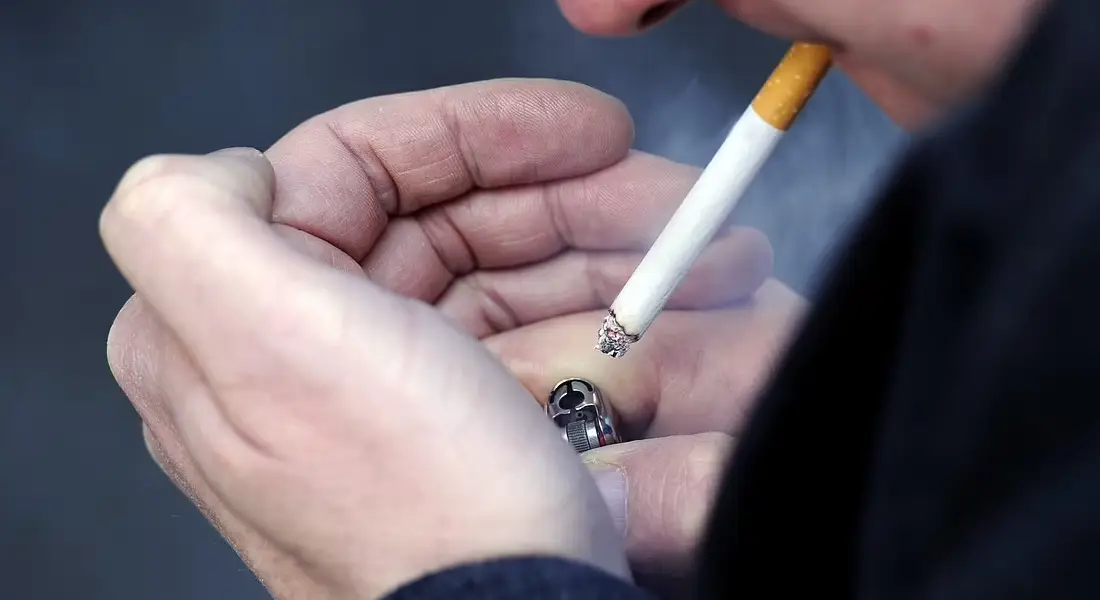You’ve crushed your workout, pushed your limits, and feel that satisfying post-exercise burn. But before you hit the shower or collapse on the couch, there’s one crucial step you shouldn’t neglect: the cool-down.
Just like warming up prepares your body for exercise, a cool-down helps you transition back to a resting state. It offers a range of benefits that can significantly impact your recovery, performance, and overall well-being.
Why Cool-Down Matters:
- Gradual Recovery: During exercise, your heart rate and blood pressure rise, and blood flow increases to your muscles. A sudden stop can cause dizziness, lightheadedness, or even fainting. A cool-down allows your heart rate and blood pressure to gradually return to normal, preventing these unpleasant side effects.
- Reduced Muscle Soreness: Exercise produces lactic acid, a byproduct of energy production in muscles. Lactic acid buildup contributes to post-exercise muscle soreness (DOMS). While some DOMS is normal, a cool-down helps clear lactic acid from your muscles, potentially reducing the severity and duration of soreness.
- Improved Flexibility: After exercise, your muscles are warm and pliable, making them ideal for stretching. Static stretches during your cool-down improve your range of motion and flexibility, which can help prevent injuries and enhance performance in future workouts.
- Mental Relaxation: Exercise provides a physical and mental boost, but it can also leave you feeling wired. A cool-down allows your body and mind to unwind. Light activity and deep breathing exercises can help reduce stress hormones and promote relaxation.
- Faster Recovery: A proper cool-down doesn’t just prevent soreness; it can also accelerate your overall recovery process. By aiding in the removal of waste products and promoting blood flow, your body can rebuild and repair muscle tissue more efficiently, preparing you for your next workout.
What Your Cool-Down Should Include:
- Light Cardio: Aim for 5-10 minutes of low-intensity activity like walking, jogging in place, or slow cycling. This helps your heart rate gradually decrease and keeps blood flowing.
- Static Stretches: Hold each stretch for 20-30 seconds, focusing on major muscle groups that were used during your workout. Don’t bounce; breathe deeply and slowly into the stretch.
- Deep Breathing: Take slow, deep breaths through your nose and exhale through your mouth. This helps your body transition to a relaxed state and reduces stress hormones.
Also Read: Best Summer Internships 2025
Conclusion
Whether you’re a seasoned athlete or a beginner, incorporating a cool-down routine is essential. It’s a simple yet effective way to optimize your workouts, improve recovery, and prevent injuries. So, the next time you finish your workout, don’t skip the cool-down – your body will thank you for it!




